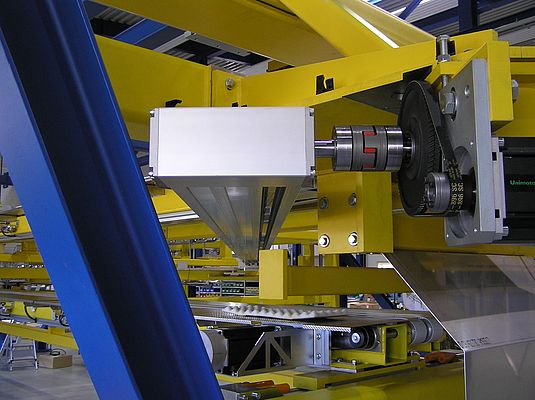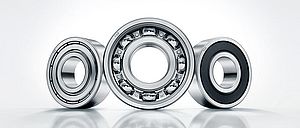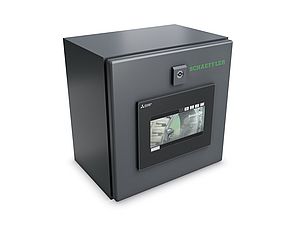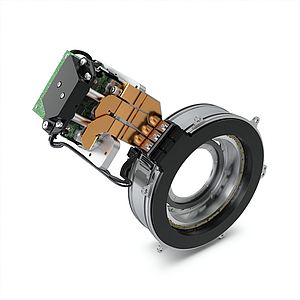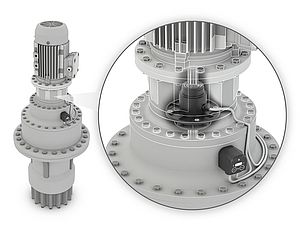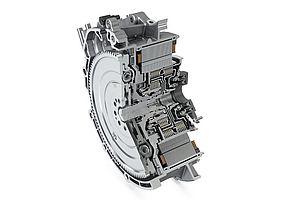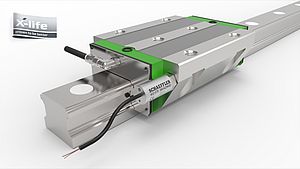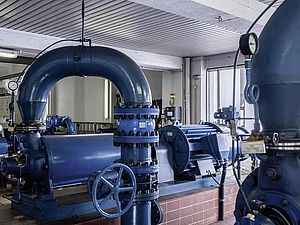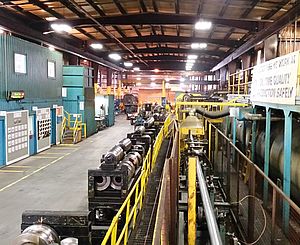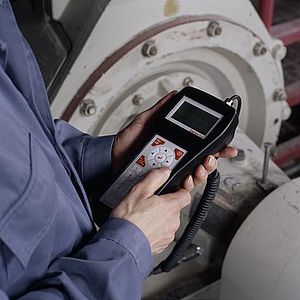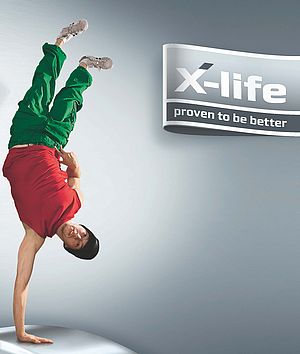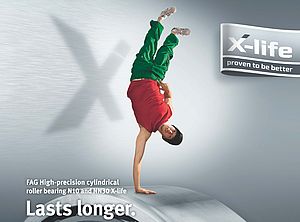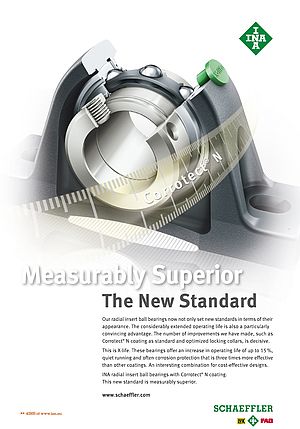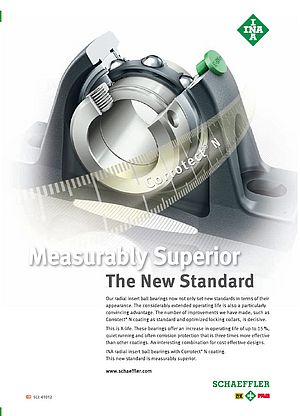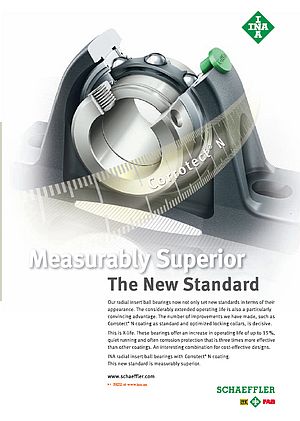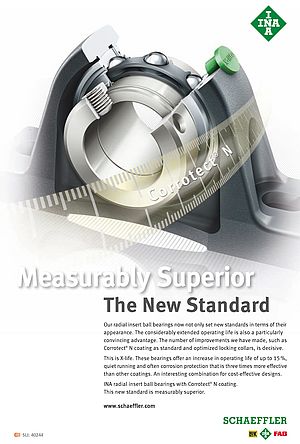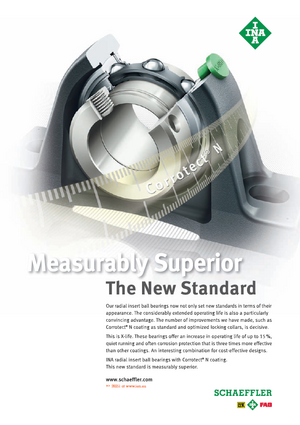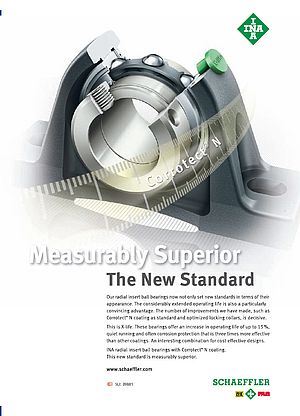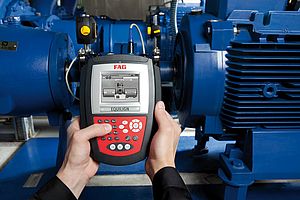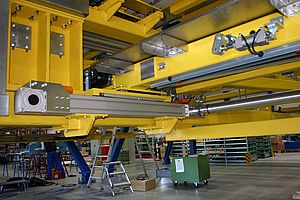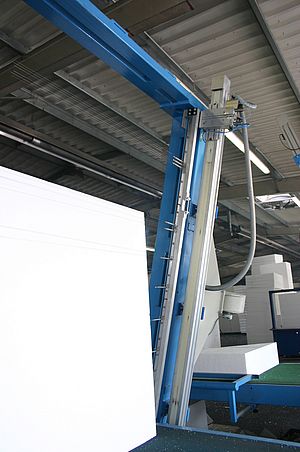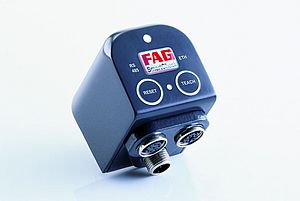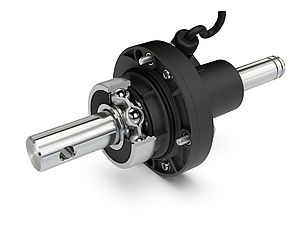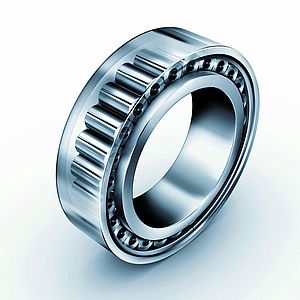A manufacturer of electrical transformer core winding machines is utilising linear actuators from Schaeffler to ensure that sheet metal parts are handled and positioned with repeatable accuracy. The dynamic handling of transformer core sheets to repeatable high accuracy requires robust, large-scale machinery, which in turn requires reliable, high performance sub-systems and components for those machines.
Swiss company Tuboly-Astronic is a developer and installer of large-scale electrical winding machines, which produce transformer cores used for energy and electrical power applications for supplying electricity to customers on a regional or national scale.
With 110 employees, Tuboly-Astronic focuses on the development, design, marketing and servicing of these machines, whilst the production of parts and assembly of plant is outsourced. While most sub-assemblies and sub-systems for the production of transformer core sheets are based on standard components, each project involves some degree of machine customisation. In order to ensure its machines are cost effective and competitive, Tuboly-Astronic's designers, wherever possible, prefer to utilise high quality machine elements and components.
"In order to fulfil the high requirements for travel velocities and dynamic characteristics, as well as to handle the mass moments of inertia that occur at very dynamic changing loads, we only fit products from experienced, proven suppliers, who are specially selected in order to guarantee high mechanical stability and long term precision during operation of our machinery at the customer," commented Andreas Dietrich, Mechanical Design Engineer at Tuboly-Astronic. "It is also important that we receive, when required, rapid and ongoing technical support."
Standard linear guides for sheet metal handling
Winding machines for the production of transformer cores typically comprise a cut-to-length production line, as well as handling and positioning systems for the layered stacking of electrical sheets. The sheet is fed from a coil into multiple workstations, where it is cut-to-length and mitred. The sheets are then positioned in layers using a high precision handling and stacking machine known as an e-stacking unit. The maximum offset tolerance of cut edges of these layers is 0.5mm, which presents challenges for the machine builder.
Depending on the size of the transformer, the five sheets that make up a transformer core sheet assembly are typically between 650mm and 3,500mm wide. Once cut into individual pieces, these sheets can be up to 6,000mm in length. For sheets between 0.2 and 0.35mm thick, cut-to-length parts can weigh up to 50kg.
These sheet metal parts are relatively fragile but need to be handled and positioned dynamically at speeds of up to 3m/s, which means the magnetic gripper systems must be stable and rigid. The gripper systems and sheet metal parts to be stacked can weigh up to 500kg in total, which must be taken into account when designing the handling system and machine elements such as drives and linear guidance systems.
For more than 10 years, Tuboly-Astronic has been working closely with Schaeffler's Linear Technology Division, gaining valuable experience of its range of linear motion systems. When Tuboly-Astronic needed to develop a new winding machine - the type AF-1000-ET5500 - for the production of transformer cores in widths from 80 mm up to 1000 mm, its engineers requested Schaeffler's involvement from the initial stages. This included design, engineering and technical support, through to delivery and installation of ready-to-fit linear actuators. Schaeffler engineers from Switzerland and Schaeffler's Linear Technology Division in Germany were on hand during this time to provide technical support, advice and guidance.
After clarification of system requirements and analysis, Andreas Dietrich and Walter Ehrbar, Application Engineering Support at Hydrel GmbH (the company responsible for handling Schaeffler industrial customers in Switzerland) decided to use several linear actuators from Schaeffler's standard MKUSE-25 series and MDKUSE-25 tandem linear actuators. The effective stroke of the MKUSE-25 linear actuators is up to 7,600mm. In the case of the MDKUSE-25 tandem actuators, an effective stroke of up to 10,200mm was achieved.
High precision tandem linear actuators
According to Dietrich, the handling of sheet metal parts, irrespective of their length and associated flexibility, needs to be a highly dynamic process involving speeds of up to 3m/s. The handling of parts must therefore not impair the production process, in particular the cutting process. "In this case, we require very high performance linear guidance systems, which we obtain in the form of complete ready-to-fit linear actuators from Schaeffler, which we simply mount straight onto the machines."
"As each individually cut sheet must be precisely located according to its position by an indexing operation, then conveyed as required and placed on the intended stack, we need large scale machines with appropriate travel distances in order to achieve the required flexibility and high handling accuracies. We also have to consider that the sheet metal parts for yoke I and yoke II can be up to 5,000mm in length, while the sheet metal parts for columns I, II and III can be up to 4,000mm long," explained Dietrich.
Depending on the design of the transformer core, the individual sheets have either 90-degree or mitre cuts in order to minimise waste and use as little raw sheet material as possible. Each sheet is therefore individually located and precisely aligned in the stacking position. This is achieved by making small swivelling or rotational displacements in the X- and Y-axes.
There are further challenges though. In order to prevent any electromagnetic interference, the depositing of sheet metal parts, particularly those with mitre cuts, must be carried out in accordance with the 'step lap principle' from the pre-programmed sheet metal part production procedure and offset by several millimetres (max. 5mm). Each part must therefore be produced accurately to dimensions and correctly oriented but deposited precisely at the end. The air gap between the sheets must not be more than 0.5mm.
"On this project, for example, Schaeffler prepared the design calculations - based on our mass data - in the form of a travel diagram. We were also given clear directions in terms of tribology and associated maintenance and lubrication cycles.
"We receive the linear actuators as ready-to-fit units and only need to mount these into position. There is absolutely no need for any adjustments. Throughout all phases of the project - from design to final mounting - we have received consistent support from Schaeffler," concluded Dietrich.


